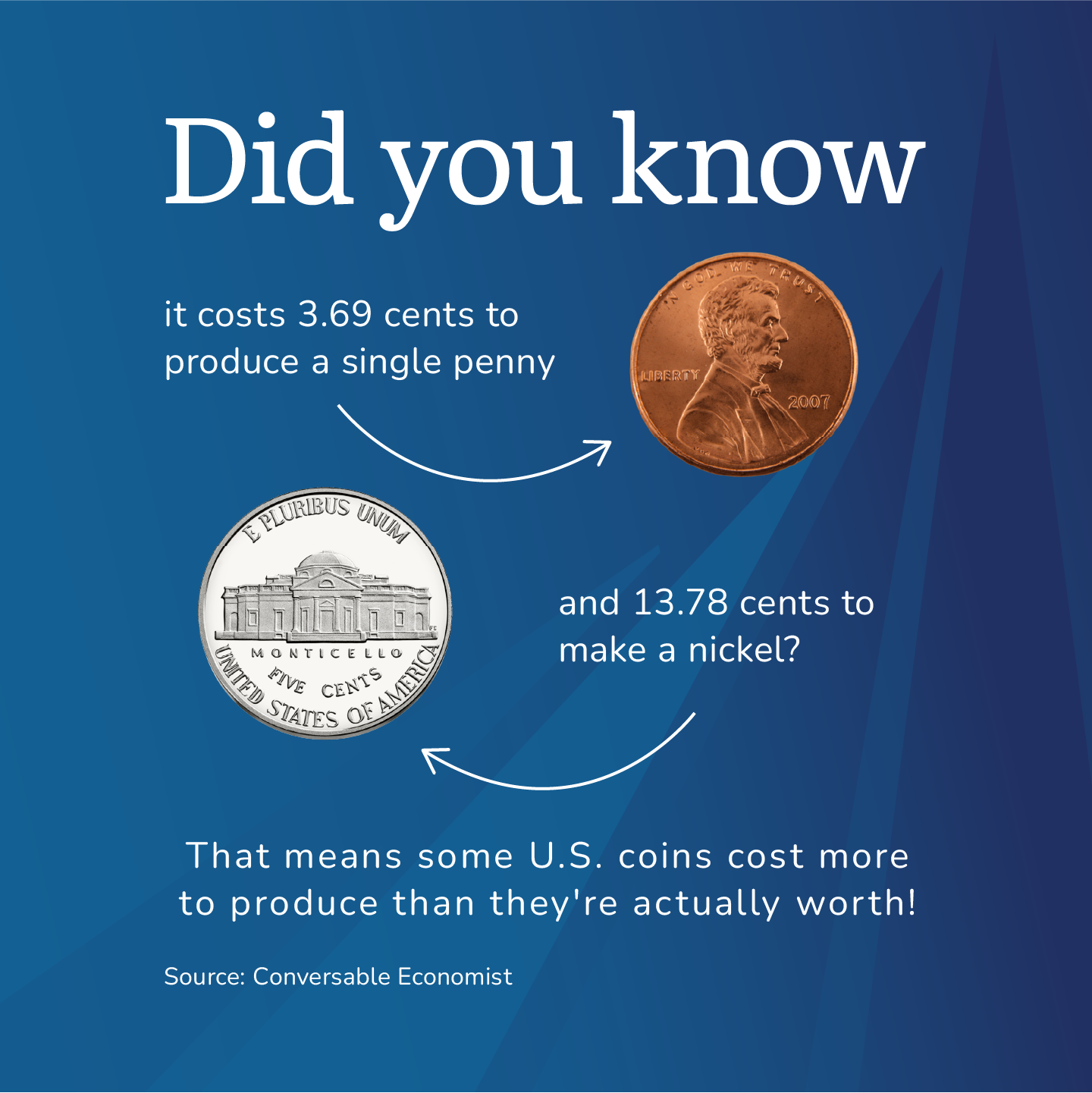Lagniappe: Some Final Takeaways
The following is an excerpt from Chapter 23 of Hello Harold written by Harold Evensky. It has been adapted and edited for easier digital reading.
I couldn’t resist using one of my favorite words—lagniappe. It means a little something extra given at no cost, somewhat like the thirteenth doughnut in a baker’s dozen. Because there are so many topics and issues I could not cover in the previous chapters, here’s my lagniappe.
Small and Ugly May Be Beautiful
If you need more returns, one possible strategy supported by decades of research is to overweight a few market factors in your portfolio. Based on the original research of two well-known academics, Gene Fama and Ken French, you can allocate some of your stock holdings to small companies and value stock. Over the long term, you’re likely to be rewarded with a few extra percentage points of returns.
Maximize Quality of Life, Not Returns
It’s confusing, but after having designed hundreds of retirement plans, it’s obvious that if you’re near or in retirement (depending on your portfolio to provide cash flow for your lifestyle), a higher allocation to bonds is likely to increase your chance of success at the cost of reducing the likelihood of making more money.
Hot Stocks Pay
If you’re an active trader in hot stocks, the activity will pay your broker but not you. Remember two old jokes:
1) Broker to a new client, pointing out the window of his beautiful office overlooking the bay. “See that yacht? That’s my partner’s. The one next to it is Mark’s—he’s the broker next door—and the one next to that is mine.”
The wise prospect asks, “Where are the clients’ yachts?”
2) How do I make $1,000,000 in the market?
Start with $2,000,000.
Safety versus Certainty
My friend Nick Murray shakes his head when he hears people talking about safe investments. He says (and he’s right) that investors confuse safety with certainty. Putting your nest egg into insured CDs may offer the certainty that when they mature, you get your principal back with the promised interest; however, assuming you’re like most of us and find your expenses going up with inflation, over time, your safe investment is likely to buy you less and less of the goods and services you need.
This is called purchasing power erosion, and it’s one of the biggest risks retirees face. The solution is to plan on a safe portfolio—one with bonds and stocks—and avoid the certainty of losing purchasing power with a safe investment.
It Doesn’t Cost You Anything Don’t You Believe It
Unless you’re the kind of person who believes in fairy tales, no professional can afford to work for free. Good investment advice is valuable, and people providing advice deserve and expect to be compensated. So it really angers me when an investor says they were told a service shouldn’t cost them anything.
Two prime examples are bonds and variable annuities. When purchasing a bond, it’s true that you’re not charged a commission. That doesn’t mean you’re not paying compensation. Bonds are sold based on something called a spread. You might be offered a $10,000 bond at 102.5. That means your cost would be $10,250. The broker may have been told by his bond department: “This bond is available at 100.5. How much do you want to add?” To which the broker responds, “Two.” And the trader says, “Fine. Done at 102.5.” The result: you’re purchasing a bond with a 2 percent markup. The markup is the fee to the broker and brokerage firm. Again, there’s nothing wrong with paying a markup, but make sure you’re told how much it is. The good news is that you can check by going to http://finramarkets.morningstar.com/MarketData/Default.jsp, a website that provides the details of most bond trades.
A Variable Annuity (VA) is another investment product that, unfortunately, a small minority of unscrupulous brokers use to take advantage of clients. The line is: “Don’t worry. It doesn’t cost you anything. The insurance company pays me.” Although factually true, it’s massively misleading because it ignores the reality of where the insurance company gets the money to pay the broker. The money comes from you, the annuity purchaser. The practice is particularly egregious because VAs typically pay relatively high commissions to brokers, and they have no break points, unlike mutual funds. On mutual funds, the commission drops as the purchase size
gets larger. The broker gets the same percentage on a VA, no matter how big the purchase.
Duration, Shmuration
Who Cares? You should. You probably know, or at least have heard (especially if you read Chapter 7, “Getting Your Money Back”), that bonds are subject to interest rate risk. That’s the risk of being stuck with a poor investment if, after having purchased a bond, interest
rates rise.
Consider John, the new owner of a $10,000 ten-year bond purchased when it was paying 4 percent. Five years later, interest rates are up, and a new five-year bond of the same quality now pays 7 percent. If John wishes to sell his bond, he would be offering his now five-year bond, paying 4 percent. There is no way someone will pay him $10,000 for a bond paying 4 percent when the buyer can purchase a similar quality bond paying 7 percent. So if the
owner, John, wants to sell, he’d have to sell at a discount.
That discount is interest rate risk. Most investors equate this risk with maturity—they assume a ten-year bond has significantly greater risk than a five-year bond. Sounds reasonable, but it’s not necessarily true. The problem is that focusing only on maturity leaves out an important factor—the coupon, which is how much the bond issuer pays annually. The higher the
coupon, the sooner the investor has some funds back to reinvest at the new, higher rate, so a high-coupon bond might have less interest rate risk than a shorter-maturity, low-coupon bond. For an approximate guide to the level of interest rate risk a bond has, ask about the bond’s duration. That number will provide a very rough guide to the potential loss in value if rates rise.
The measure is 1 percent for every year of duration. So a bond with a five-year duration might be expected to lose 5 percent if rates go up 1 percent or 10 percent if rates rise 2 percent. Not a perfect measure, but far better than maturity.
I’ll Keep an Eye on It
When I caution clients about the risk of a heavy concentration in a single investment, they often respond, “Harold, I understand, but I keep a careful eye on it.” That sounds wise. Unfortunately, as Professor Sharpe taught us about the unrewarded diversifiable risk, that’s false confidence. It’s a risk that can blindside you.
Think about the fact that many years ago, a crazy person who put poison in some Tylenol bottles threatened the business of Johnson & Johnson, or consider the Gulf oil disaster that almost buried BP. Years ago, I used to use the example of a company building a major manufacturing facility over what turned out to be a toxic waste dump. Well, one day, I used that same story to persuade my clients to reduce their exposure to the stock they held in the company where they had both spent their careers.
Their mouths dropped open, and they said, “Good Lord! You’re right! We’ll sell out.” It turned out that just a few years earlier, their company had, in fact, developed a major research facility over what later turned out to be a toxic dump, and it almost bankrupted the firm.
It doesn’t matter how blue the blue chip is, the risk is there. Many years ago, I warned a trustee that a portfolio allocation to AT&T stock representing about half the portfolio value was a significant risk. Unfortunately, I wasn’t very persuasive, and the trustee scoffed at my warning—After all, it was AT&T. About a year later, the value dropped over 50 percent. The drop had nothing to do with my having a crystal ball; it might just as well have doubled in price. The point is that the risk is real.
Counting on Gurus to Predict the Future May Be Hazardous to Your Wealth
No question about it: when doing investment planning, you need to have some opinion about future market returns. In my office, I have all of the important elements, including extensive databases, sophisticated analytical software, an expensive crystal ball, and an Ouija board. The future is mighty cloudy and surprises even the best of us.
The moral? It’s not buy and hold, it’s buy and manage. Make your best estimates about the future and be prepared to change. Just don’t put too much faith in any guru’s ability to tell you where the market’s going, no matter how confident he or she may be.
Categories
Recent Insights
-

Roth vs. Pre-Tax 401(k): Which Contribution Strategy is Right for You?
When it comes to saving for retirement, one of the most important decisions you’ll make is whether to contribute to a pre-tax or Roth 401(k). Your choice could have a significant impact on your future tax situation, and understanding the difference is key to making the best decision for your financial future. In this post,…
-

Streamlining Success: The Power of Payroll Integration for 401(k) Plans
Why Payroll Integration Matters In today’s fast-paced business world, companies face the challenge of balancing efficient operations with compliance and employee satisfaction. One area where streamlining operations can make a significant difference is the management of 401(k) retirement plans. Payroll integration with 401(k) systems not only simplifies administrative tasks but also boosts compliance, accuracy, and…
-

Talk Your Chart | MicroStrategy, Market Shifts, and the Rise of Quiet Cutting | Episode 65
In Episode 65 of Talk Your Chart Brett and Marcos kick things off with a surprising look at the rising cost of pennies and nickels, before diving into the latest market movers. From MicroStrategy’s Bitcoin-fueled surge to record-breaking U.S. oil production, they break down the big trends shaping 2025. Don’t miss it! Charts available for…
-

Wealth with Purpose: Helping Clients Achieve Their Philanthropic Goals
At Evensky & Katz / Foldes, we believe that wealth is more than just a means to financial security—it’s a powerful tool for creating meaningful, lasting change in both personal lives and the communities we serve. As a trusted guide in wealth management, I work closely with my clients to craft charitable strategies that not…
-

Safe Harbor vs. Non-Safe Harbor 401(k) Plans: Which Is Right for Your Business?
When setting up or designing a retirement plan, it’s important to review your choices regarding company contributions and what your budget can afford. Safe Harbor match or Safe Harbor non-elective contributions can be great options to avoid additional governmental compliance testing, ensuring everyone is treated equally when participating in the plan. This allows your employees…
